By Jennifer Dorsett
Heading into the fifth month since COVID-19 was first reported, many of us have come face-to-face with a sobering realization: sometimes, nature is actively seeking to harm us.
But it’s nothing personal.
In fact, it’s only natural.
Diseases are about as natural as they come. Bacteria and viruses evolve or mutate over time in order to survive, often with detrimental results to the unsuspecting host.
Bubonic plague, Spanish flu, measles, polio…there hasn’t been a time in history untouched by a devastating, widespread illness.
But we live in the 21st Century.
Faced with the first global pandemic since the advent of modern medicine, we want top-of-the-line treatment and cutting-edge technology to heal the sick and prevent the spread of this newest deadly disease.
And rightly so. No one wants to see others suffer or succumb to a deadly disease.
So why don’t we treat agriculture the same way?
We’re in an interesting age where we lean heavily on science when it comes to things like human disease and illness. But when it comes to agriculture, many consumers hearken back to the “days of old.”
Many people think it would be better if farming looked more like it did in 1920, arguing that it was “more natural,” and therefore, somehow inherently better.
But bugs are all-natural. Does that mean insects should destroy crops that farmers have grown at considerable labor and expense?
Hoeing a field is a natural method of controlling weeds, but it’s backbreaking, time-consuming work and not practical on a large scale. Is it natural to let the weeds take over?
What would happen when yields are low because the farmer is only using “natural” control methods? Or when a lack of moisture wipes out a crop that could have been aided by GMO technology to be more drought-resistant?
The availability and variety of food in our stores would decrease substantially—and permanently. Quantity, quality and price would all be affected without pest control methods or certain GMO traits.
And these advancements are rigorously tested for years before being introduced to the public.
It takes an average of eight years to research, develop, test and receive regulatory approval for one GMO crop. A market study conducted by Purdue University shows pesticide development takes around a decade.
It’s not just farming and plants, either.
Infectious disease can wipe out entire herds or flocks of food animals in a matter of days or weeks. Vaccine programs and therapeutic medicines have been developed to prevent or mitigate the effects of some diseases.
These methods have also been thoroughly researched and validated by regulatory bodies before being put into use.
Yet, there are many people who have been led to believe that giving animals medication is somehow bad or wrong. But sick animals need treatment, too.
The alternative is to “let nature take its course.” Without intervention, the animal will suffer and likely die. It might be natural, but it doesn’t seem very humane.
If ranchers didn’t have access to veterinary care, including medication, there would be less animal protein like meat, dairy and eggs available, and what was available would be significantly more expensive.
So, what is natural, anyway?
When it comes to COVID-19, medical researchers, virologists, epidemiologists, doctors and many more specialists are in a race to find an effective treatment and to develop a vaccine. These individuals have spent years pursuing advanced educations and devoted their careers to preparing for this task.
And we’re so thankful for their expertise.
Likewise, there are many plant and animal scientists that have spent the same amount of time in education to receive advanced degrees. They use the same science to come up with safe products to protect our food, but often face fierce opposition from anti-GMO and animal welfare activists.
There’s no one booing the researchers trying to cure COVID-19.
Just like consumers, farmers and ranchers want their families and loved ones to be healthy and free from disease. They want them to be well-fed and nourished.
But even more, farmers and ranchers want those same things for consumers. That’s why they grow food. To care for others.
So maybe it’s time we embraced science in agriculture the same way we do in other applications.
It’s only natural, after all.

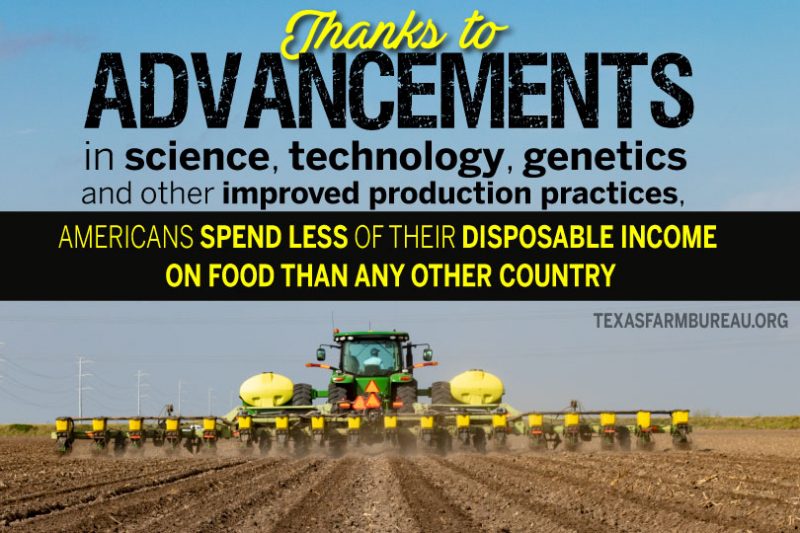
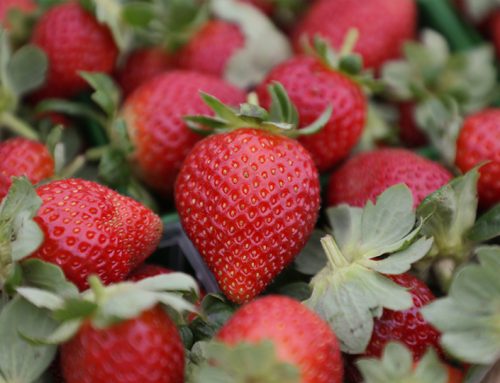
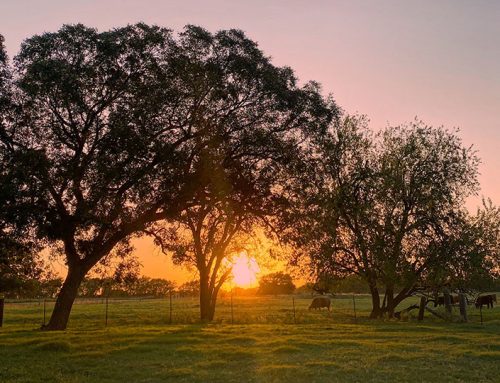
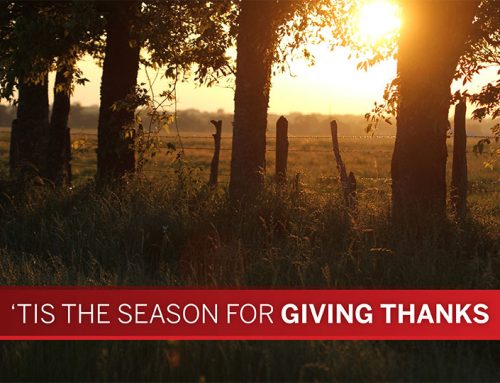
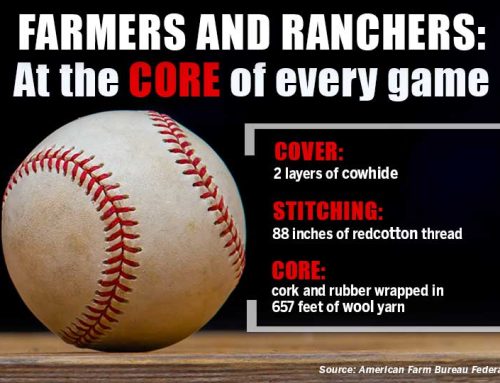
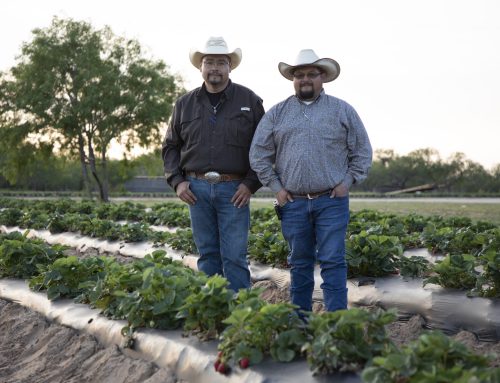




Leave A Comment